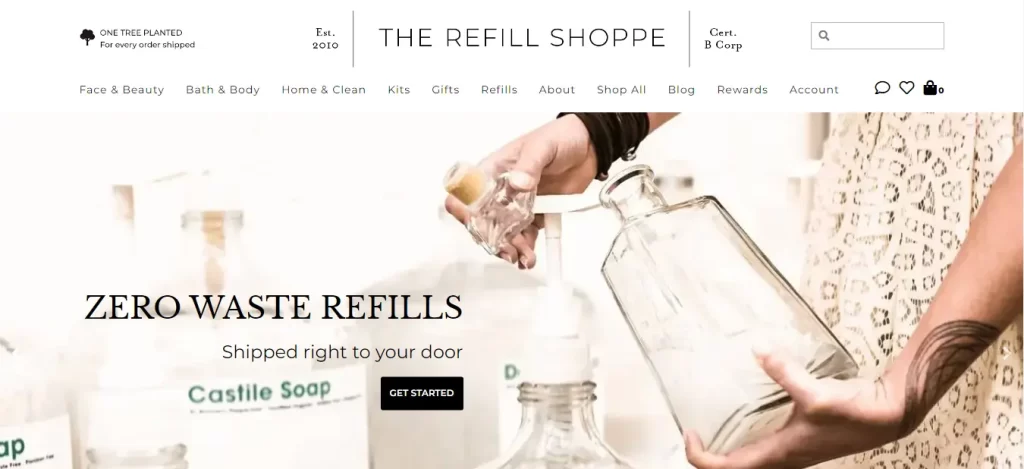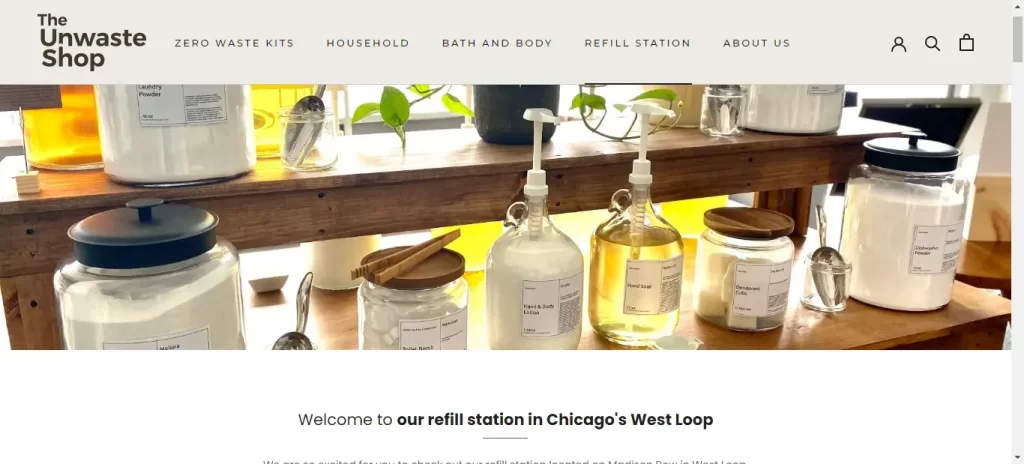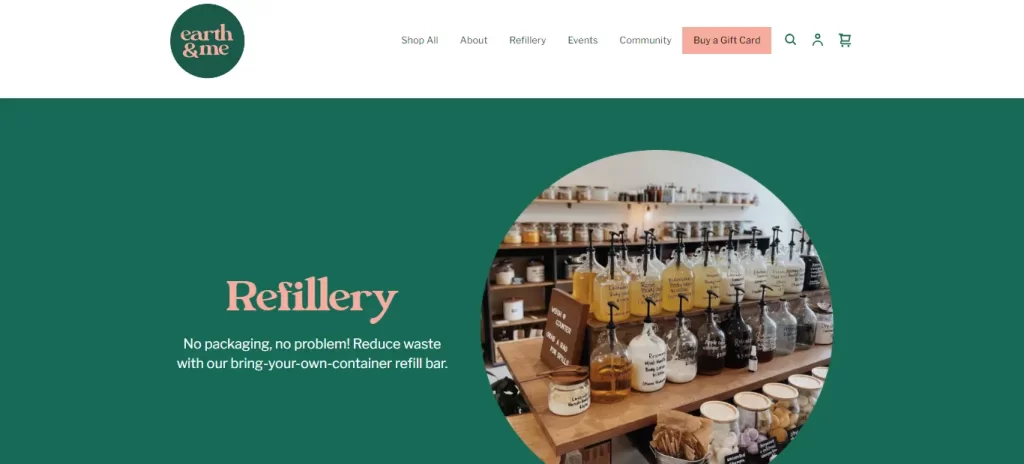The Eco-Revolution: Bath Product Refill Stations Lead the Way
In an era marked by growing environmental consciousness, sustainable practices are no longer a mere trend but a vital necessity. The beauty and personal care industry, a sector historically associated with excessive packaging and single-use plastics, is now experiencing a profound transformation. The eco-revolution is underway, and at the forefront of this change are Bath Product Refill Stations. In this article, we’ll delve into the significant disadvantages of single-use plastics, the staggering annual plastic consumption by the beauty industry, and how Bath Product Refill Stations are leading the way towards sustainable and eco-friendly bathing practices.
The Pitfalls of Single-Use Plastic
Single-use plastic, also known as disposable plastic, refers to products and packaging designed for one-time use before being discarded. It has become ubiquitous in our daily lives, finding its way into various forms like water bottles, shopping bags, food containers, straws, and product packages.
While offering convenience, single-use plastics have come under scrutiny for their severe environmental consequences. These materials pose significant threats to our planet, contributing to pollution, harming wildlife, and clogging landfills. The persistent nature of single-use plastics, with some items taking centuries to decompose, highlights the urgent need to reduce their consumption and seek sustainable alternatives for the well-being of our environment and future generations.
Single-use plastic has become synonymous with convenience but at a great cost to our environment:
1. Environmental Pollution:
Single-use plastic containers, such as shampoo bottles and soap dispensers, contribute significantly to environmental pollution. These items can take hundreds of years to decompose, cluttering landfills and contaminating ecosystems.
2. Harm to Marine Life:
Plastic waste poses a grave threat to marine life. Millions of marine animals and seabirds suffer injury or death each year due to ingestion of plastic or entanglement in plastic debris.

3. Microplastics Proliferation:
Over time, plastic items break down into microplastics, which are tiny particles that infiltrate waterways and marine ecosystems, potentially entering the food chain and harming both aquatic life and humans.
4. Resource Depletion:
The production of single-use plastic consumes vast amounts of fossil fuels and contributes to resource depletion. It also generates carbon emissions, exacerbating climate change.
The Beauty Industry’s Plastic Predicament
The beauty industry is a significant contributor to the global plastic problem:
1. Enormous Plastic Consumption:
Annually, the beauty industry uses an astonishing amount of plastic, with estimates suggesting it consumes approximately 120 billion units of plastic packaging.
2. Limited Recycling Rates:
Only a fraction of beauty product containers gets recycled. Often, packaging materials end up in landfills or incinerators, further exacerbating the plastic waste crisis.
3. Plastic Microbeads:
Some beauty products, such as exfoliating scrubs, once contained plastic microbeads that were small enough to pass through water treatment systems, posing a threat to aquatic ecosystems.
Bath Product Refill Stations: A Sustainable Solution
Enter Bath Product Refill Stations, a sustainable alternative that addresses these pressing environmental concerns:
1. Reducing Single-Use Plastic:
Refill stations significantly reduce the consumption of single-use plastic containers by allowing customers to refill their existing bottles or containers with bath and body products.
2. Minimizing Packaging Waste:
These stations promote minimal packaging by offering bulk products. Customers can bring their reusable containers or purchase refillable ones, reducing waste.
3. Supporting Eco-Friendly Brands:
Many refill stations collaborate with eco-conscious brands that prioritize natural and sustainable ingredients, minimizing harm to both the environment and personal health.
4. Educating and Raising Awareness:
Bath Product Refill Stations often serve as educational platforms, informing consumers about the environmental impact of single-use plastics and inspiring eco-friendly choices.
5. Community Engagement:
These stations foster a sense of community among environmentally conscious individuals, creating a network of like-minded individuals dedicated to reducing plastic waste.
List of Bath and Body Product Refill Stations
Several brands and retailers in the USA have embraced the concept of bath and body product refill stations to promote eco-friendly practices and reduce plastic waste. However, the availability of refill stations may vary by location. Here are a few notable brands and retailers known for offering refill stations:
The Refill Shoppe:

2022 ECO-INNOVATION AWARD winner, California-based, The Refill Shoppe offers a wide range of refillable bath, body, and cleaning products.
The Unwaste Shop:

The Unwaste Shop, located in Chicago, provides an array of eco-friendly products, including bath and body items available for refilling.
Fill & Refill:

Fill & Refill, established by Allison Burgund, is a brand dedicated to sustainable bath, body, and home products designed to support a low-waste lifestyle.
Earth&Me:

With stores in three locations, Earth&Me offers refillable, organic, and vegan bath and body products, focusing on sustainability and minimizing waste.
The eco-revolution is undeniably gaining momentum, and Bath Product Refill Stations are leading the way towards sustainable and eco-friendly bathing practices. By reducing plastic waste, minimizing packaging, and supporting responsible brands, these stations empower consumers to take an active role in protecting our planet—one bath refill at a time. It’s a revolution that extends far beyond our bathrooms, offering hope for a cleaner, healthier future for generations to come.


